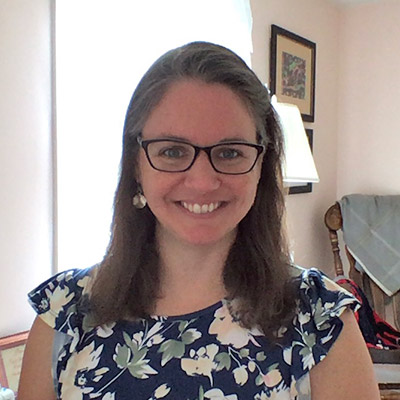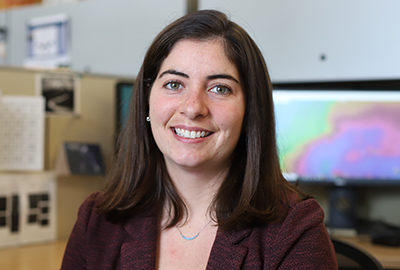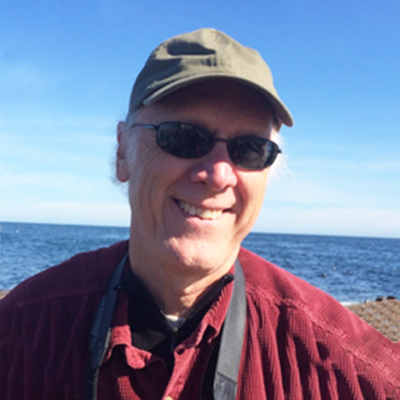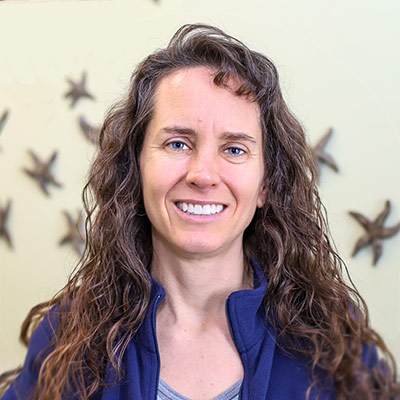Identifying predictors of species diversity to guide designation of marine protected areas
By Brooke C. Hodge, Daniel E. Pendleton, Laura C. Ganley, Orfhlaith O’Brien, Scott D. Kraus, Ester Quintana-Rizzo, Jessica V. Redfern
Originally published in Conservation Science and Practice in March 2022

Abstract
Marine Protected Areas (MPAs) are a widely-used tool for conserving biodiversity. Features that support marine mammal foraging have been suggested as important components to include in MPAs, but research is needed to understand the relationship between these features and diversity. For example, the Northeast Canyons and Seamounts Marine National Monument represents an area known to support marine mammal foraging and was designated to protect an area of high marine mammal diversity. However, no comparisons have been made between marine mammal diversity in the Monument and other areas. We used 3,174,167 km of survey effort and 189,175 sightings to assess alpha and beta diversity in the Monument and 500 randomly selected sites along the east coast of the United States. We used linear models to relate diversity to variables that represent marine mammal foraging areas. Our analyses showed a gradient of higher to lower diversity from north to south and that the shelf-edge, canyons, and areas of likely upwelling support high diversity. We also found that the Monument protects a diverse and unique marine mammal community. Our analyses contribute to efforts to designate MPAs to conserve habitat that is important for protecting species by identifying drivers of biodiversity and potential sites for protecting 30% of the planet by 2030.
Full Text






